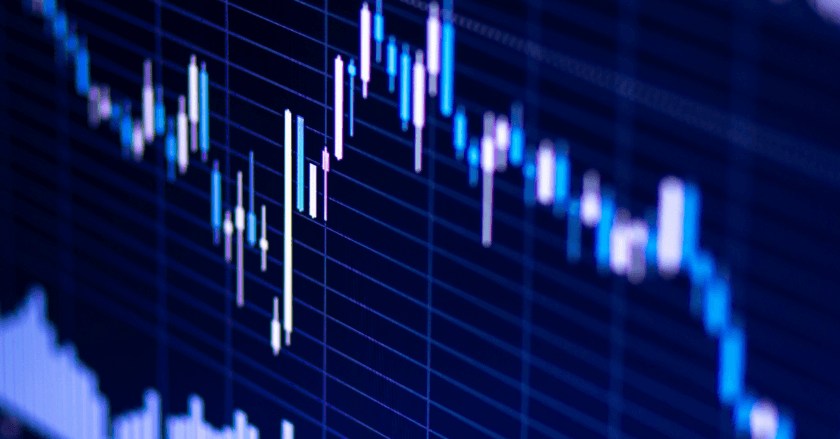There are several different ways to analyze the FX market in anticipation of trading. Though categories of analysis may be plentiful, keep the end goal in sight which is to use the analysis to identify good trading opportunities.
We will look at the three main areas of analysis and how to learn more about them. Then, try out each of these areas to determine which of the three methods or combination of the methods works well for your personality. The three areas are:
- Fundamental
- Technical
- Sentiment
Fundamental
Forex fundamental centers mostly around the currency’s interest rate. Other fundamental factors are included such as Gross Domestic Product, inflation, manufacturing, economic growth activity. However, whether thoseother fundamental releases are good or bad is of less importance than how those releases affect that country’s interest rate.
As you review the fundamental releases, keep in mind how it might affect the future movement of the interest rates. When investors are in a risk seeking mode, money follows yield and higher rates could mean more investment. When investors are in a risk adverse mentality, then money leaves yield for safe haven currencies.
Technical
Forex technical analysis involves looking at patterns in price history to determine the higher probability time and place to enter and exit a trade. As a result, forex technical analysis is one of the most widely used types of analysis.
Since FX is one of the largest and most liquid markets, the movements on a chart from the price action generally gives clues about hidden levels of supply and demand. Other patterned behavior such as which currencies are trending the strongest can be obtained by reviewing the price chart.
Other technical studies can be conducted through the use of indicators. Many traders prefer using indicators because the signals are easy to read and it makes forex trading simple.
Technical versus fundamental analysis in forex is a widely debated topic. There is no one right answer but we’re confident you’ll find a style that fits your personality.
Sentiment
Forex sentiment is another widely popular form of analysis. When you see sentiment overwhelmingly positioned to one direction that means the vast majority of traders are already committed to that position.
Perhaps this could be more easily explained with an example. Let’s assume that an overwhelming amount of traders and investors are bullish the Euro. They think the Euro is going higher. Since people vote with their trades, we can assess through FXCM’s Speculative Sentiment Index (SSI) that the EUR/USD sentiment shows a majority of traders are buyers in the currency pair.
Since we know there is a large pool of traders who have already BOUGHT, then these buyers become a future supply of sellers. We know that because eventually, they are going to want to close out the trade. That makes the EUR to USD vulnerable to a sharp pull back if these buyers turn around and sell to close out there trades.
Conclusion
In conclusion, the foreign exchange market can be analyzed in various ways, and traders can use different methods to make informed trading decisions. The three primary types of Forex analysis are technical analysis, fundamental analysis, and sentiment analysis. Technical analysis focuses on studying charts and identifying trends to predict future price movements. Fundamental analysis involves analyzing economic, financial, and geopolitical factors that affect currency values. Finally, sentiment analysis assesses the overall mood of the market and traders’ attitudes towards certain currency pairs. It is important for traders to understand these different types of analysis and use them in combination to make well-informed and profitable trading decisions.
